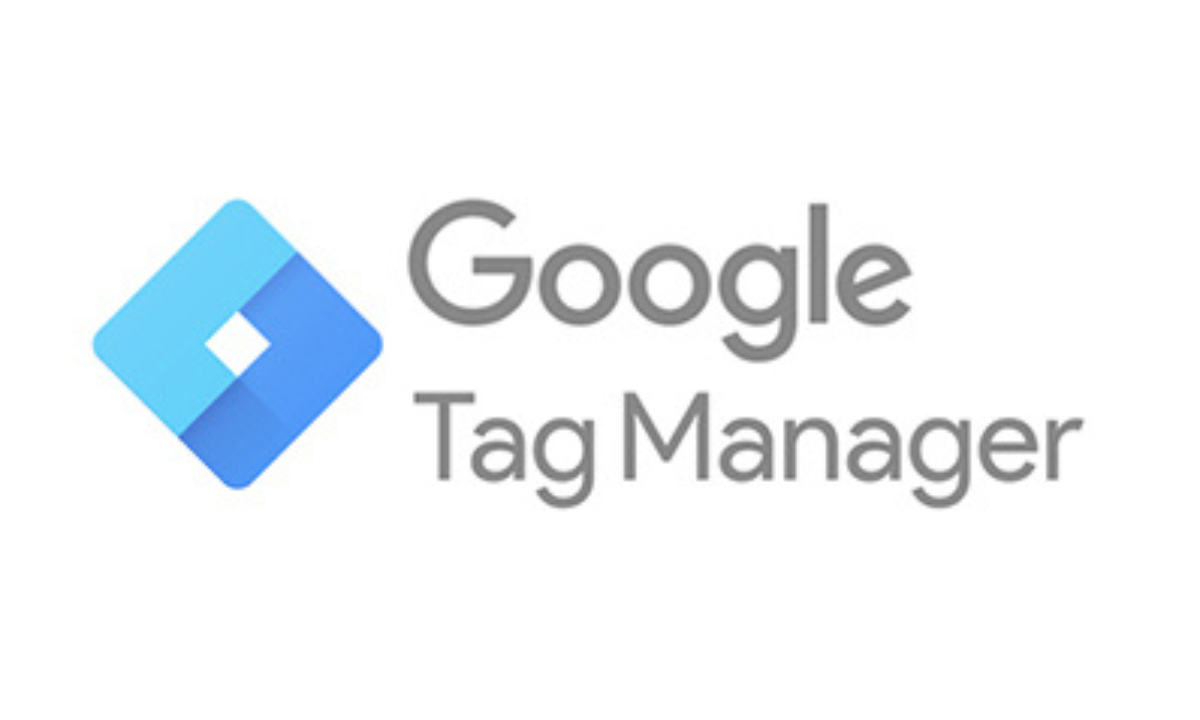Introduction to Google Tag Manager
Google Tag Manager (GTM) is a powerful, free tool that allows you to install, store, and manage marketing tags without directly modifying your website’s code. These tags are small snippets of code used to track user actions and collect data. The Google tag, for instance, is used to install Google Analytics and other Google services. Common examples of marketing tags include Google Analytics events, Google Ads conversion scripts, Meta Pixel, and various remarketing tags. GTM simplifies the process by managing these tags through its software, reducing the risk of breaking your site with code changes.
Applications of Google Tag Manager
GTM is primarily used to manage and deploy marketing tags on a website without altering the code. This seamless integration supports various marketing tools and platforms, including Google Analytics, Google Ads, Facebook, and CRM systems. GTM enables tracking of almost any event or user behavior, such as link clicks, form submissions, conversions, shopping cart actions, file downloads, scroll behavior, and custom events. This tool reduces dependency on developers and plugins, making it a valuable asset for marketers.
Advantages of Using GTM
Despite requiring some technical knowledge, Google Tag Manager offers substantial benefits. It saves time and resources by allowing marketers to add and manage tags without developer assistance. Key advantages include:
- Reduced Developer Dependence: Add and manage tags independently.
- Testing and Debugging: Preview, test, and debug changes before deploying them live.
- User Permission Control: Restrict changes to authorized personnel.
- Version Control: Track and revert changes with version logs.
- Workspaces: Allow multiple team members to work concurrently.
- Easy Configuration: Use templates to add popular tools and tracking tags.
- Tag Storage and Management: Centralize and manage tags efficiently.
Should You Use GTM?
Yes, Google Tag Manager is highly recommended for adding, managing, and editing website tracking and analytics codes. It streamlines these processes without modifying your site’s source code, easing the burden on developers and reducing the likelihood of errors. However, it does come with a learning curve and must be set up correctly. Once mastered, GTM can significantly enhance your marketing efforts.
How GTM Operates
Google Tag Manager operates using a single JavaScript code snippet added to your site, serving as a container for all your tags. It has listeners that detect user interactions like page views and fires associated tags based on pre-defined triggers. These tags could be for Google Analytics or other marketing platforms, and they only execute when necessary, reducing code clutter and implementation errors.
GTM components include:
- Tags: Snippets of code for tracking user behavior.
- Triggers: Criteria that determine when tags should fire.
- Variables: Additional data needed to execute tags or triggers.
GTM vs. Google Analytics
While both tools are often conflated, GTM and Google Analytics serve different purposes. GTM is a tag management system for managing third-party code snippets, whereas Google Analytics is used for analytics and reporting. GTM can be used to deploy Google Analytics on a website, facilitating seamless integration.
Setting Up GTM
Setting up Google Tag Manager involves logging into your Google account, creating an account, and configuring a container for your website. You will need to add two code snippets to your site: a JavaScript snippet in the <head> section and an HTML iframe snippet immediately after the opening <body> tag. This ensures GTM operates even if JavaScript is disabled in the user’s browser.
Using GTM
To use GTM, create a new tag, configure it (e.g., for Google Analytics), and set up triggers and variables. Always use the “Preview” function to test your tags before publishing them to avoid errors.
Top GTM Extensions
Several browser extensions can enhance your GTM experience by providing additional insights and debugging tools. Top extensions include Tag Assistant, GTM/GA Debugger, Dataslayer, DataLayer Inspector+, and Da Vinci Tools.
Track Even More Data
GTM allows comprehensive tracking of user behavior, but tools like ImpactHero can take your data analysis further by providing insights into customer journeys and content performance.
By understanding and leveraging Google Tag Manager, you can streamline your marketing efforts, reduce reliance on developers, and gain deeper insights into your website’s performance.







